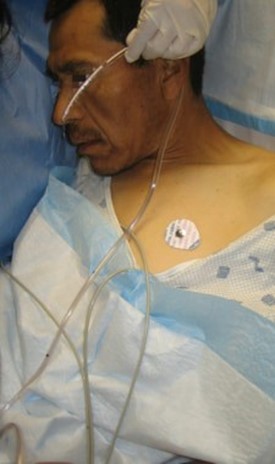A nurse is caring for a client who is scheduled to have his alanine aminotransferase (ALT) level checked.
The client asks the nurse to explain the laboratory test.
Which of the following is an appropriate response by the nurse?
"This test will indicate if you are at risk for developing blood clots."
"This test will determine if your heart is performing properly."
"This test will provide information about the function of your liver."
"This test is used to check how your kidneys are working.".
The Correct Answer is C
“This test will provide information about the function of your liver.” An alanine aminotransferase (ALT) test measures the level of ALT in the blood, which is an enzyme found primarily in the liver.
Elevated levels of ALT can indicate liver damage or disease.
Choice A, “This test will indicate if you are at risk for developing blood clots,” is not correct as an ALT test does not provide information about blood clot risk.
Choice B, “This test will determine if your heart is performing properly,” is not correct as an ALT test does not provide information about heart function.
Choice D, “This test is used to check how your kidneys are working,” is not correct as an ALT test does not provide information about kidney function.
Nursing Test Bank
Naxlex Comprehensive Predictor Exams
Related Questions
Correct Answer is B
Explanation
When preparing medication from a vial for subcutaneous injection for a client, the nurse should hold the vial with the top facing upward while injecting air into the vial.
This is because injecting air into the vial equalizes the pressure inside and makes it easier to withdraw the medication 1.
Choice A is wrong because holding the syringe so that bubbles collect at the level of the plunger is not necessary when preparing medication from a vial.
Choice C is wrong because injecting air into the vial with the eye of the needle immersed in the fluid can contaminate the medication.
Choice D is wrong because holding the syringe at a 45° angle is not necessary when verifying dosage.
Correct Answer is A
Explanation
When administering multiple medications via an NG tube, each medication should be prepared separately by crushing (if appropriate) and diluting it with sterile water. This method helps prevent drug interactions, ensures that medications are adequately dissolved, and minimizes the risk of clogging the tube.

Choice B is wrong because medications should not be combined with the formula in the feeding bag.
Choice C is wrong because the NG tube should be flushed with at least 15 to 30 mL of water before and after drug delivery.
Choice D is wrong because each medication should be administered separately when it is being given at the same time.
Whether you are a student looking to ace your exams or a practicing nurse seeking to enhance your expertise , our nursing education contents will empower you with the confidence and competence to make a difference in the lives of patients and become a respected leader in the healthcare field.
Visit Naxlex, invest in your future and unlock endless possibilities with our unparalleled nursing education contents today
Report Wrong Answer on the Current Question
Do you disagree with the answer? If yes, what is your expected answer? Explain.
Kindly be descriptive with the issue you are facing.
